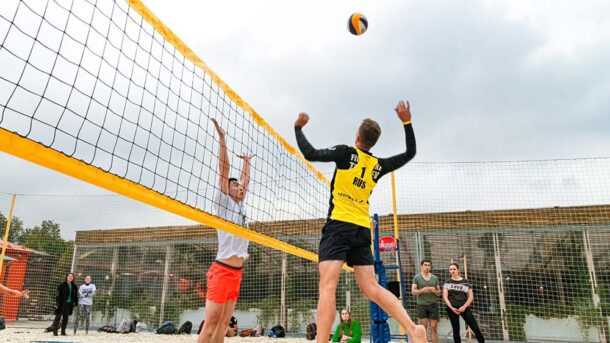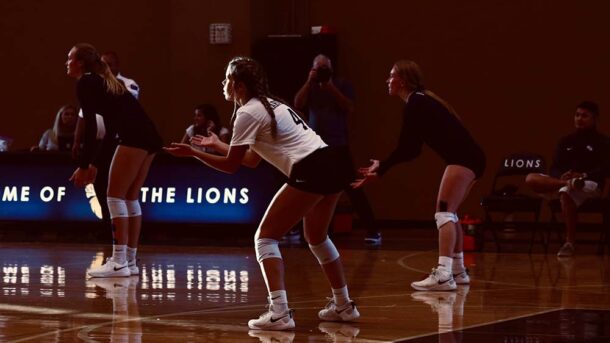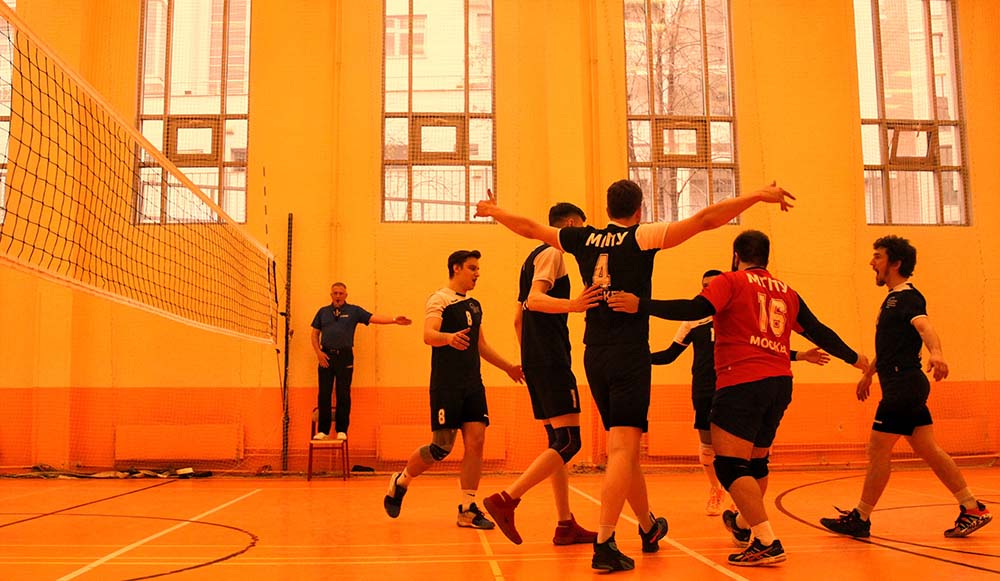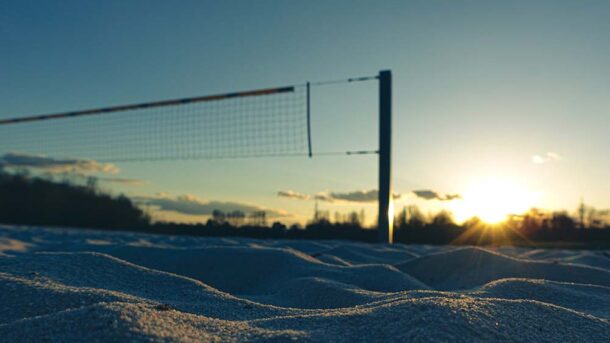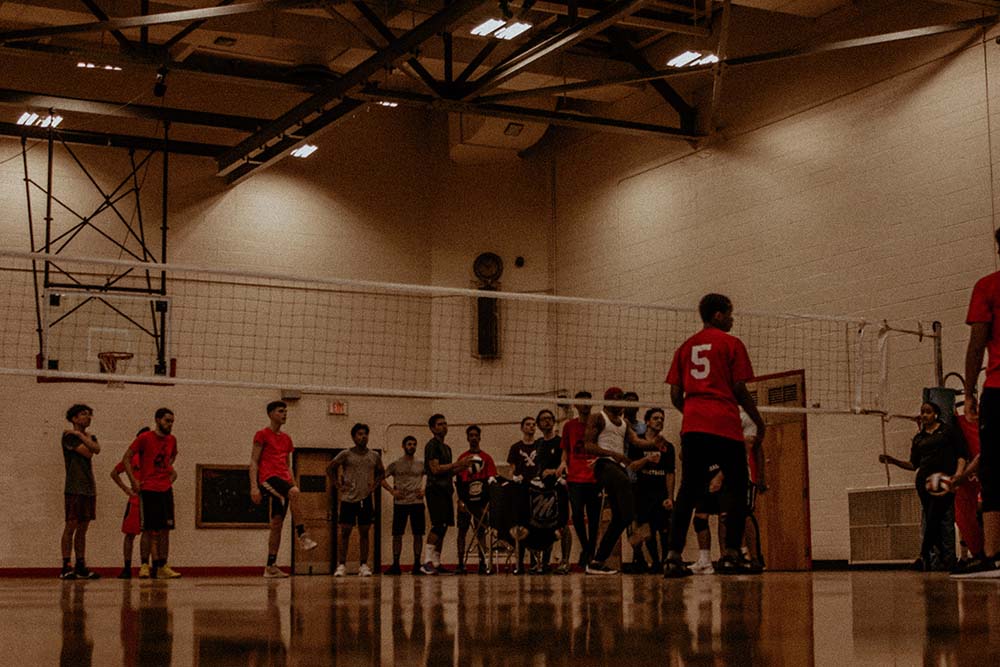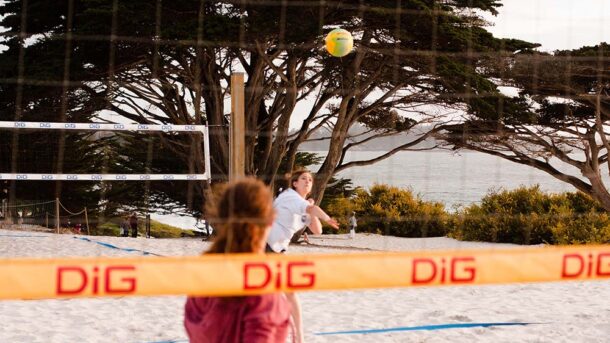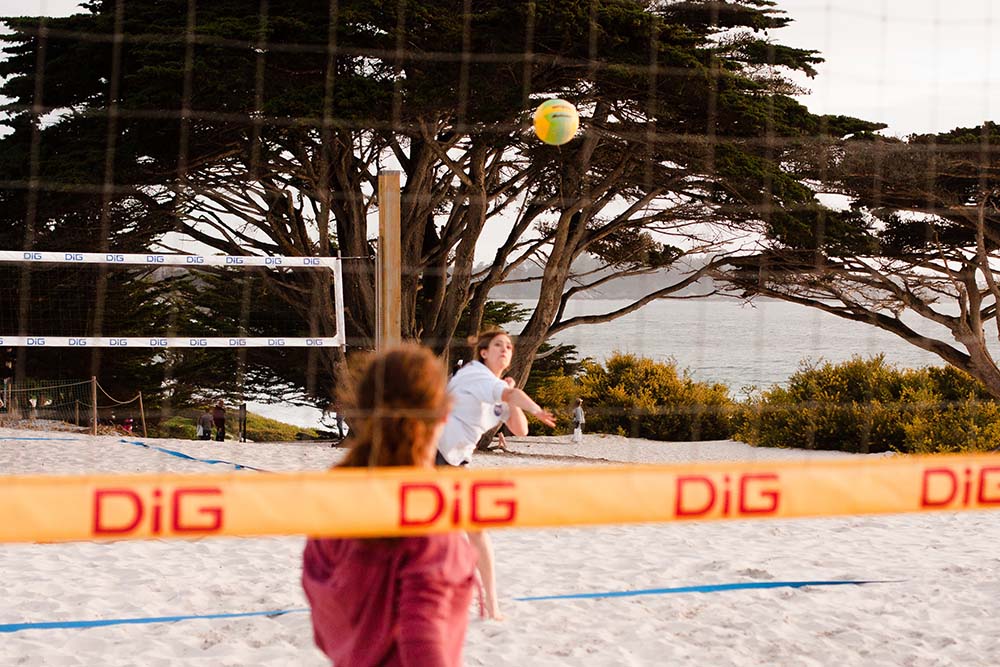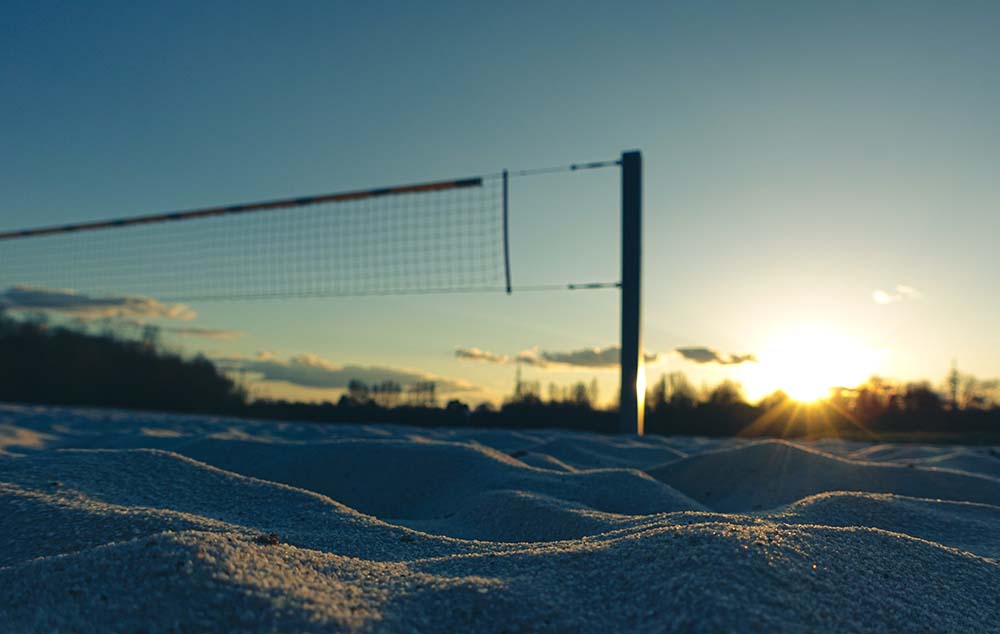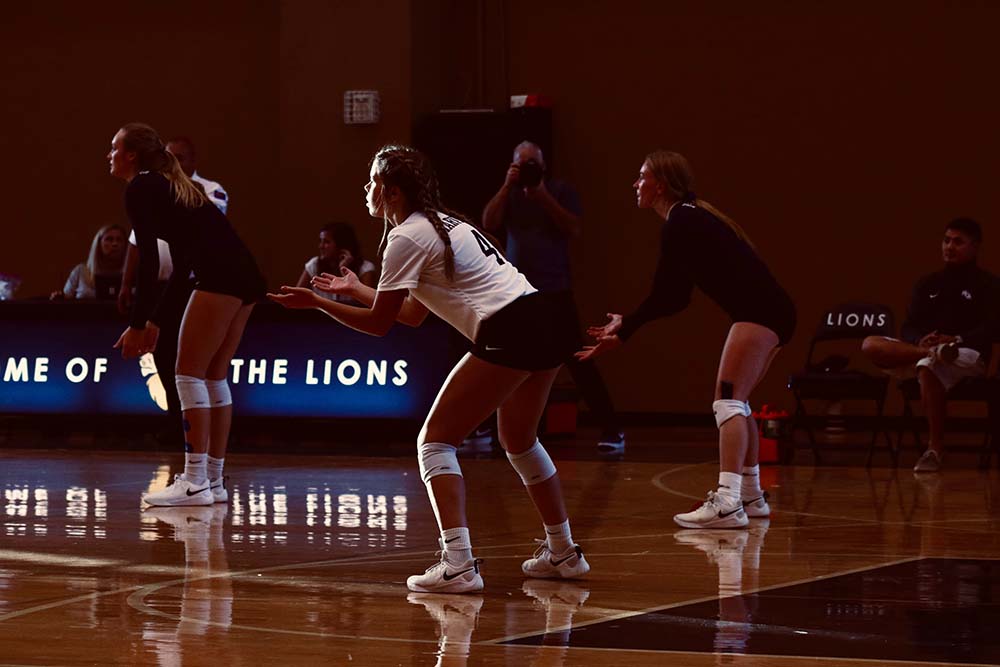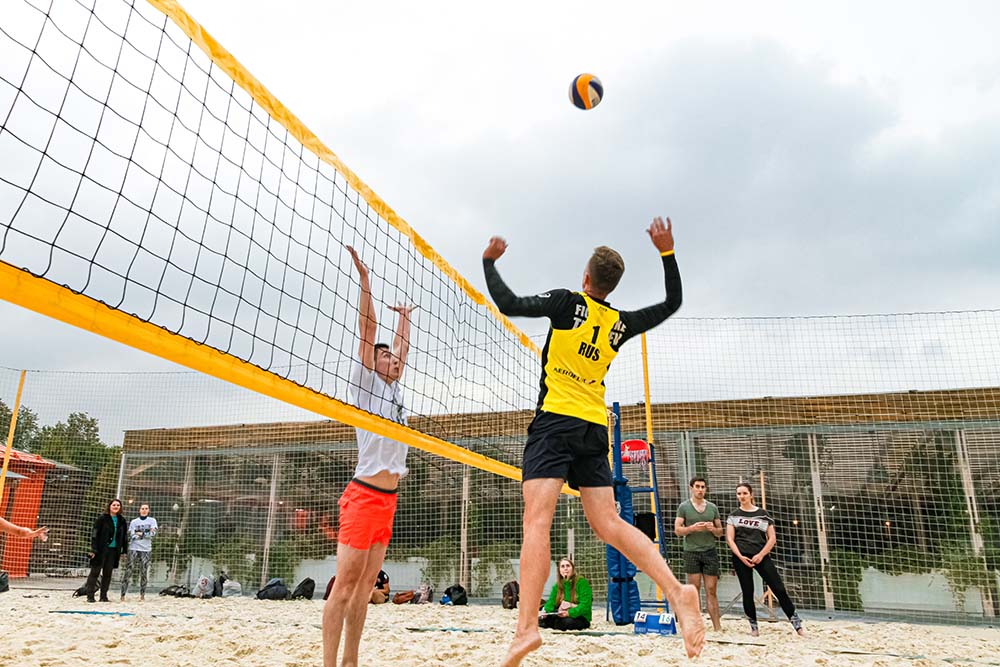If you are looking to make a successful transition from high school to club volleyball, you are not alone. Anyone that has played both likely knows how difficult the transition can be. After all, you have to go from one team to a completely different one. Luckily, there are key things that you can do to make the transition a lot easier. Below, we will be going over some of the top keys that you should be using in order to make a smooth and successful transition. One great way to get inspired to watch pro and club volleyball games online, instagram, facebook and TV. Check your local DSTV packages and listings for games that might be showing.
Keys To Making A Smooth Transition:
Adapt
One of the key things that you should be looking to do is be more adaptable. You need to be able to really learn how to adapt to new coaches, new schemes, and new teammates. This is the only way you will be able to achieve success on two different teams. By making yourself much more willing and able to adapt to different coaches and teams, you will give yourself a better chance to make the proper adjustments that are needed.
Make An Effort
When you are looking to transition from a high school team to a club team, you will need to focus on making an effort to get to know your teammates and learn more about them. When you are just coming off of a high school season, you will likely have very little (if any) relationships with your club teammates. Because you will have brand new teammates, you should look to become much more familiar with everyone playing style to better understand them and to learn their playing style.
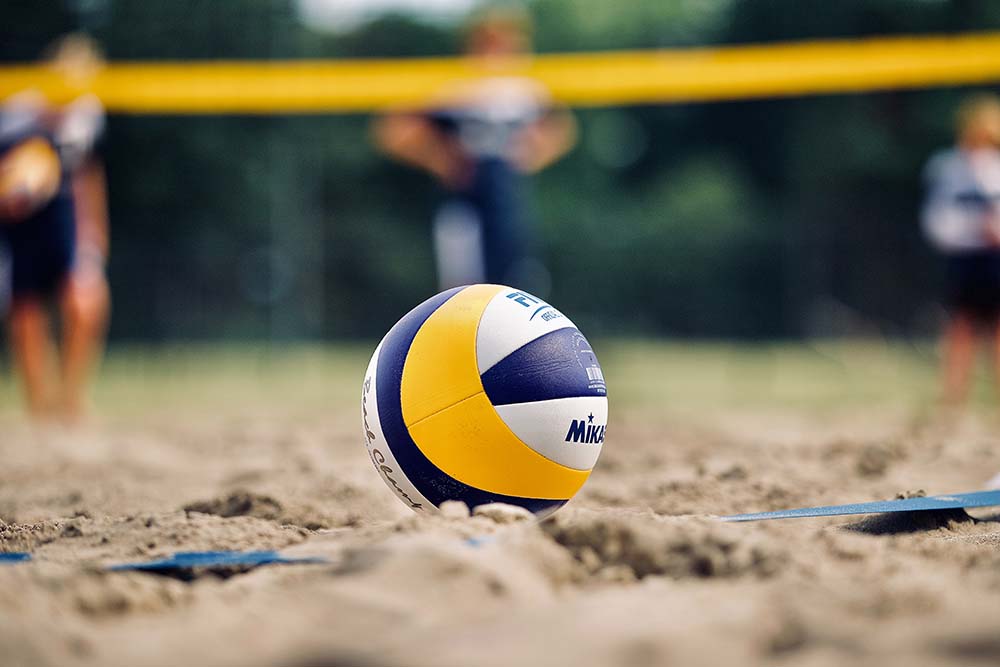
Without knowing their unique playing styles, things they like, and what they don’t like, you will be unable to adapt your own playing style to best suit your team. You can do this in a variety of ways. Whether you are playing with them after practice, going to hang out at their house, or doing something else. There are plenty of ways to make a concerted effort to get to know your teammates.
Figure Out Your Time
When you are looking to make a smooth transition, you want to get as organized as possible. Being organized with your time is key when you are looking to introduce a brand new schedule into the mix. With your high school season, you might have had a specific routine that you followed. You want to learn about the changes to your schedule and how you will adjust your time to accommodate them.
Set Goals
Whenever you are looking to better yourself or your play, you should be looking to set realistic goals for yourself. By setting a good amount of attainable goals, it should give you the drive that you need to achieve them. Ideally, you want to set both individual and team-related goals to give yourself the motivation needed to accomplish them.
Be Ready For More Commitment
As mentioned, the amount of time that it takes to join and be active on a club team is going to be very different from a high school team. Because of this, you will want to be ready to take on the added commitment that comes with it. Not only will you be traveling more, but you will have a lot more matches and more practice time to go along with it.
Overall, there are plenty of things that you should be doing in order to make a successful transition from high school volleyball to club volleyball. By following the many tips above, you should be able to make the transition as seamless and as smooth as possible.

